polity of india
CONSTITUTION IN HINDI click here
for hindi
constitution of India
The present constitution of India was framed by the Constitution Assembly of India setup under Cabinet Mission Plan of May 16, 1946.
Composition of Constituent Assembly:-
• The Constituent Assembly consisted of 385 members, of which 292 were elected by he elected members of the Provincial Legislative Assemblies while 93 members were nominated by the Princely States. To these were to be added a representative each from the four Chief Commissioners Provinces of Delhi, Ajmer-Marwar, Coorg and British Baluchistan.
• Each Province and each Indian State or group of States were allotted the total number of seas proportional to their respective population roughly in the ration of one to a million.
• B N Rao was appointed the Constitutional Advisor of the Assembly.
• The first meeting of the Constituent Assembly took place of Dec 9, 1946 with Dr. Sachidanand Sinha as its interim President. Dr. Rajendra Prasad was elected as its President n Dec 11, 1947.
• The Assembly framing the Constitution.had 13 Committees.
• The all-important Drafting Committee, which bore the responsibility of drafting the Constitutional document during the recess of the Constitutent Assembly, from July 1947 to September 1948, was formed on August 29, 1947. Its members were:
1. Dr. B.R. Ambedkar
2. N. Gopalaswami Ayyar
3. K.M. Munshi
4. Syyed Mohd. Saadulla
5. N.Madhav Rao
6. D.P.Khaitan (T Krishnamachari, after Kahitan’s Death in 1948)
• It was finally passed and accepted on Nov 26, 1949. The session of the Assembly was held on Jan 24, 1950, which unanimously elected Dr, Rajendra Prasad as the President of India. In all the 284 members of the Assembly signed the official copies of the Indian Constitution which came into effect on Jan 26, 1950, known and celebrated as the Republic Day of India.
• PREAMBLE TO THE CONSTITUTION.
• The Indian Constitution starts with the preamble which outlines the main objectives of the Constitution. It reads:
• ” WE, THE PEOPLE OF INDIA, having solemnly resolved to constitute India into a SOVEREIGN, SOCIALIST, SECULAR, DEMOCRATIC, REPUBLIC and to secure all its citizens.”
• JUSTICE, social economic and political.
• LIBERTY, of thought, expression, belief, faith and worship.
• EQUALITY, of status and of opportunity, and to promote among them all.
• FRATERNITY assuring the dignity of the individual and unity and integrity of the nation.
• IN OUR CONSTITUENT ASSEMBLY, this twenty sixth day of November, 1949, do HEREBY ADOPT, “ENACT AND GIVE TO OURSELVES HIS CONSTITUTION “.
• Idea of preamble borrowed from Constitution of US.
• The words ‘SOCIALIST’, ‘SECULAR’ and ‘UNITY’ & ‘INTEGRITY’ were added by the 42nd Amendment in 1976.
• Preamble is not justifiable.
BORROWED FEATURES OF CONSTITUTION.
Following are the borrowed features of constitution from different countries.
From U.K. • Nominal Head – President (like Queen)
• Cabinet System of Ministers
• Post of PM
• Parliamentary Type of Govt.
• Bicameral Parliament
• Lower House more powerful
• Council of Ministers responsible to Lowe House
• Speaker in Lok Sabha
From U.S. • Written Constitution
• Executive head of state known as President and his being the Supreme Commander of the Armed Forces
• Vice- President as the ex-officio Chairman of Rajya Sabha
• Fundamental Rights
• Supreme Court
• Provision of States
• Independence of Judiciary and judicial review
• Preamble
• Removal of Supreme court and High court Judges
From USSR • Fundamental Duties
• Five year Plan
From AUSTRALIA • Concurrent list
• Language of the preamble
• Provision regarding trade, commerce and intercourse
From JAPAN • Law on which the Supreme Court function
From WEIMAR CONSTITUION OF GERMANY • Suspension of Fundamental Rights during the emergency
From CANADA • Scheme of federation with a strong centre
• Distribution of powers between centre and the states and placing. Residuary Powers with the centre
From IRELAND • Concept of Directive Principles of States Policy(Ireland borrowed it from SPAIN)
• Method of election of President
• Nomination of members in the Rajya Sabha by the President
SCHEDULES IN CONSTITUTION
Followings are the schedules in Constitution of India
First Schedule • List of States & Union Territories
Second Schedule • Salary of President, Governors, Chief Judges, Judges of High Court and Supreme court, Comptroller and Auditor General
Third Schedule • Forms of Oaths and affirmations
Fourth Schedule • Allocate seats for each state of India in Rajya Sabha
Fifth Schedule • Administration and control of scheduled areas and tribes
Sixth Schedule • Provisions for administration of Tribal Area in Asom, Meghalaya, Tripura, Mizoram & Arunachal Pradesh
Seventh Schedule • Gives allocation of powers and functions between Union & States. It contains 3 lists
1. Union List (For central Govt) 97 Subjects.
2. States List (Powers of State Govt) 66 subjects
3. Concurrent List (Both Union & States) 47 subjects.
Eighth Schedule • List of 22 languages of India recognized by Constitution
1. Assamese 2. Bengali 3. Gujarati
4. Hindi 5. Kannada 6. Kashmiri
7. Manipuri 8. Malayalam 9. Konkani
10. Marathi 11. Nepali 12. Oriya
13. Punjabi 14. Sanskrit 15. Sindhi
16. Tamil 17. Telugu 18. Urdu
19. Santhali 20. Bodo 21. Maithili
22. Dogri
• Sindhi was added in 1967 by 21 Amendment
• Konkani, Manipuri ad Nepali were added in 1992 by 71 amendment Santhali, Maithili, Bodo and Dogri were added in 2003 by 92 amendment
Ninth Schedule • Added by Ist amendment in 1951. Contains acts & orders related to land tenure, land tax, railways, industries.{Right of property not a fundamental right now}
Tenth Schedule • Added by 52nd amendment in 1985. Contains provisions of disqualification of grounds of defection
Eleventh Schedule • By 73rd amendment in 1992. Contains provisions of Panchayati Raj.
Twelfth Schedule • By 74thamendment in 1992. Contains provisions of Municipal Corporation.
NEW STATES IN INDIA CREATED AFTER 1950
Following are the new states in India created after 1950.
Andhra Pradesh Created by the State of Andhra Pradesh Act 1953 by carving our some areas from the State of Chennai
Gujarat and Maharashtra The State of Mumbai was divided into two States i.e. Maharashtra and Gujarat by the Mumbai (Reorganisation) Act 1960
Kerala Created by the State Reorganisation Act, 1956. It comprised Travancor and Cochin areas
Karnataka Created from the Princely State of Mysuru by the State Reorganisation Act, 1956. It was renamed Karnataka in 1973
Nagaland It was carved out from the State of Asom by the State of Nagaland Act, 1952
Haryana It was carved out from the State of Punjab by the Punjab (Reorganisation) Act, 1966
Himachal Pradesh The Union Territory of Himachal Pradesh was elevated to the status of State by the State of Himachal Pradesh Act, 1970
Meghalaya First carved out as a sub-State within the State of Asom by 23 Constitutional Amendment Act, 1969. Later in 1971, it received the status of a full-fledged State by the North-Eastern Areas (Reorganisation) Act 1971
Manipura and Tripura Both these States were elevated from the status of Union-Territories by the North-Eastern Areas (Reorganisation) Act 1971
Sikkim Sikkim was first given the Status of Associate State by the 35th Constitutional Amendment Act 1974. It got the status of a full State in 1975 by the 36th Amendment Act, 1975
Mizoram It was elevated to the status of a full State by the State of Mizoram Act, 1986
Arunachal Pradesh It received the status of a full state by the State of Arunachal Pradesh Act, 1896
Goa Goa was separated from the Union-Territory of Goa, Daman and Diu and was made a full-fledged State of Goa, Daman and Diu Reorganisation Act 1987. But Daman and Diu remained as Union Territory
Chhattisgarh Formed by the Constitutional Amendment Act, 2000 by dividing Madhya Pradesh on November 1, 2000
Uttarakhand Formed by the Constitutional Amendment Act, 2000 by dividing Uttar Pradesh on November 9, 2000
Jharkhand Formed by the Constitutional Amendment Act, 2000 by dividing Bihar on November 15, 2000
FUNDAMENTAL RIGHTS IN INDIA
The Fundamental Rights in Indian constitution acts as a guarantee that all Indian citizens can and will live their lifes in peace as long as they live in Indian democracy. They include individual rigts common to most liberal democracies, such as equality before the law, freddom of speech and expression, freedom of association and peaceful assembly, freedom of religion, and the right to constitutional remedies for the protection of civil right.
Originally, the right to property was also included in the Fundamental Rights, however, the Forty-Fourth Amendment, passed in 1978, revised the status of property rights by stating that “No person shall be deprived of his property save by authority of law.”
Following are the Fudamental Rights in India
Right to Equality • Article 14 :- Equality before law and equal protection of law
• Article 15 :- Prohibition of discrimination on grounds only of religion, race, caste, sex or place of birth.
• Article 16 :- Equality of opportunity in matters of public employment
• Article 17 :- End of untouchability
• Article 18 :- Abolition of titles, Military and academic distinctions are, however, exempted
Right to Freedom • Article 19 :- It guarantees the citizens of India the following six fundamentals freedoms:-
1. Freedom of Speech and Expression
2. Freedom of Assembly
3. Freedom of form Associations
4. Freedom of Movement
5. Freedom of Residence and Settlement
6. Freedom of Profession, Occupation, Trade and Bussiness
• Article 20 :- Protection in respect of conviction for offences
• Article 21 :- Protection of life and personal liberty
• Article 22 :- Protection against arrest and detention in certain cases
Right Against Exploitation • Article 23 :- Traffic in human beings prohibited
• Article 24 :- No child below the age of 14 can be employed
Right to freedom of Religion • Article 25 :- Freedom of conscience and free profession, practice and propagation of religion
• Article 26 :- Freedom to manage religious affairs
• Article 27 :- Prohibits taxes on religious grounds
• Article 28 :- Freedom as to attendance at religious ceremonies in certain educational institutions
Cultural and Educational Rights • Article 29 :- Protection of interests of minorities
• Article 30 :- Right of minorities to establish and administer educational institutions
• Article 31 :- Omitted by the 44th Amendment Act
Right to Constitutional Remedies • Article 32 :- The right to move the Supreme Court in case of their violation (called Soul and heart of the Constitution by BR Ambedkar)
• Forms of Writ check
• Habeas Corpus :- Equality before law and equal protection of law
President of India
President of India is the head of the Union Executive. A Council of Ministers headed by Prime Minister aids and advises the President in the excersie of his function.
President of India is also Supreme Commander of the Defence Forces.
Office of President of India ==>
Rashtrapati Bhavan
Qualification • Must be a citizen of India
• Completed 35 years of age
• Eligible to be a member of Lok Sabha
• Must not hold any government post. Exceptions are:
1. President and Vice-President
2. Governor of any state
3. Minister of Union State
Election • Indirectly elected through ‘Electoral College’ consisting of Elected members of both the Houses of Parliament & Elected members of the Legislative Assemblies of the States. (No nominated members)
• Security deposit of Rs 15,000/-
• Supreme court inquires all disputes regarding President’s Election.
• Takes OATH in presence of Chief Justice of India, or in his absence, senior-most Judge of Supreme Court
Terms and Emoluments • 5 year term
• Article 57 says that there is no upper limit on the number of times a person can become President
• Can give resignation to Vice-President before full-term
• Present Salary- Rs. 1,00,000/month (including allowances & emoluments)
Impeachment • Quasi-judicial procedure
• Can be impeached only on the ground of violation of constitution
• The impeachment procedure can be initiated in either House of the Parliament
Vacancy • In case of office falls vacant due to death, resignation or removal, the Vice-President act as President. It he is not available then Chief Justice, it not then senior-most Judge of the Supreme court shall act as the President of India
• The election is to be held within 6 months of the vacancy
Powers • Appoints PM, Ministers, Chief Justice & judge of Supreme Court & High Court, Chairman & members of UPSC, Comptroller and Auditor General, Attorney General, Chief Election Commissioner and other members of Election Commission of India, Governors, Members of Finance Commission, Ambassadors, etc
• Can summon & prorogue the sessions of the 2 houses & can dissolve Lok Sabha
• Appoints Finance Commission (after every 5 years) that recommends distribution of taxes between Union & State governments
• The President can promulgate 3 types of Emergencies:-
1. National Emergency (Article 352)
2. State Emergency (President’s Rule) (Article 356)
3. Financial Emergency (Article 360)
• He is the Supreme Commander of the Defence Forces of India
• President appoints Chief of Army, Navy and Air force
• Declares wars & concludes peace subject to the approval of the Parliament
• No money bill or demand for grant can be introduced or moved in Parliament unless it has been recommended by the President
• He has the power to grant pardon, reprieve or remit of punishment or commute death sentences






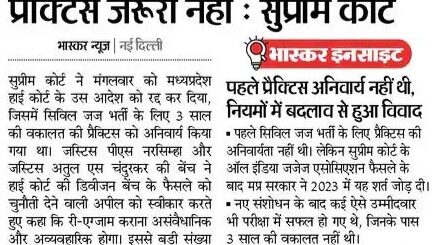
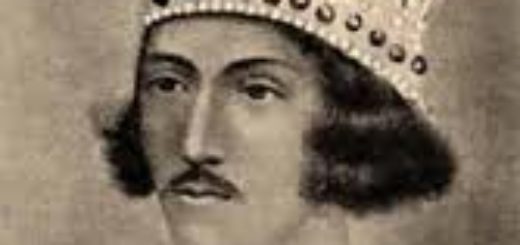
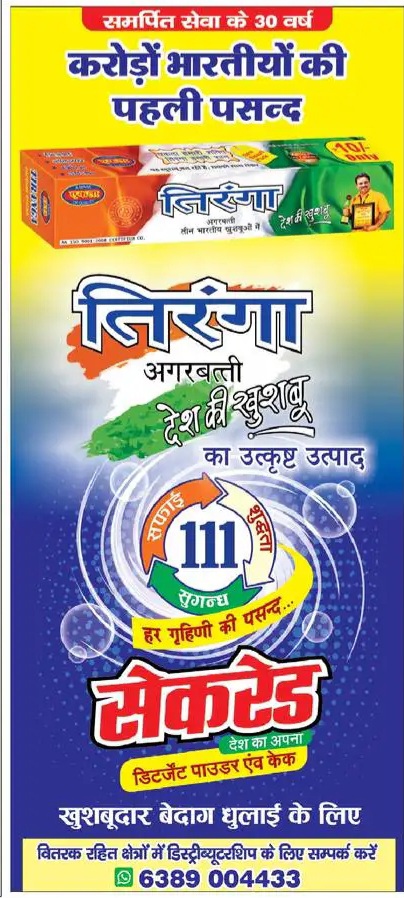

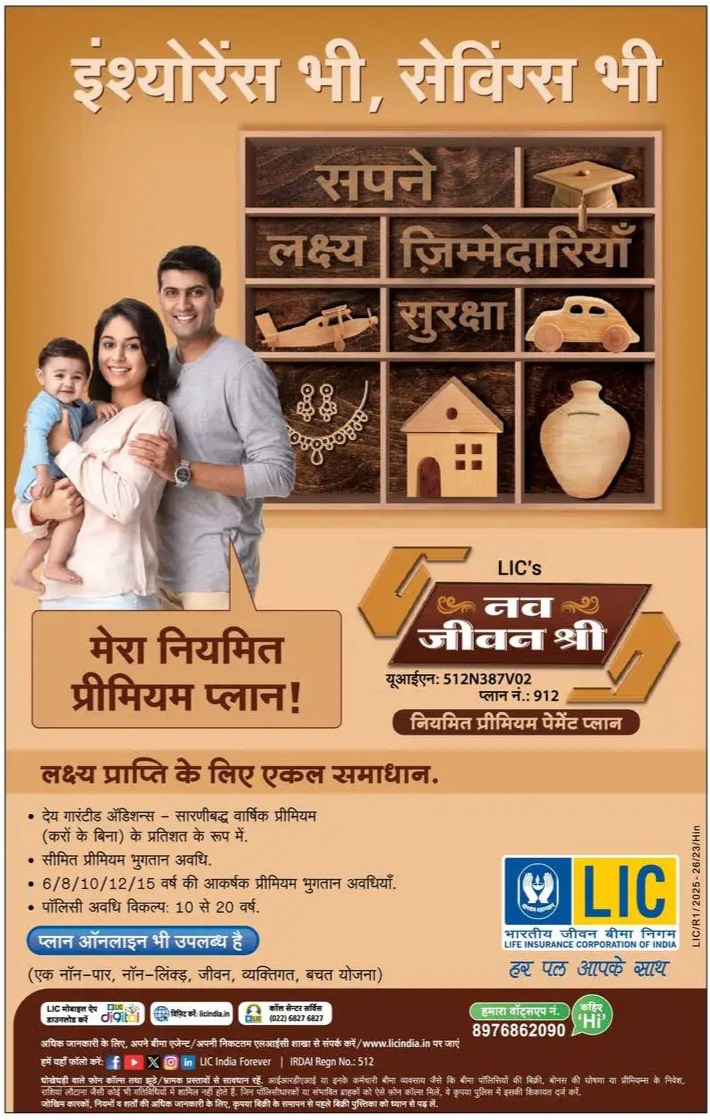




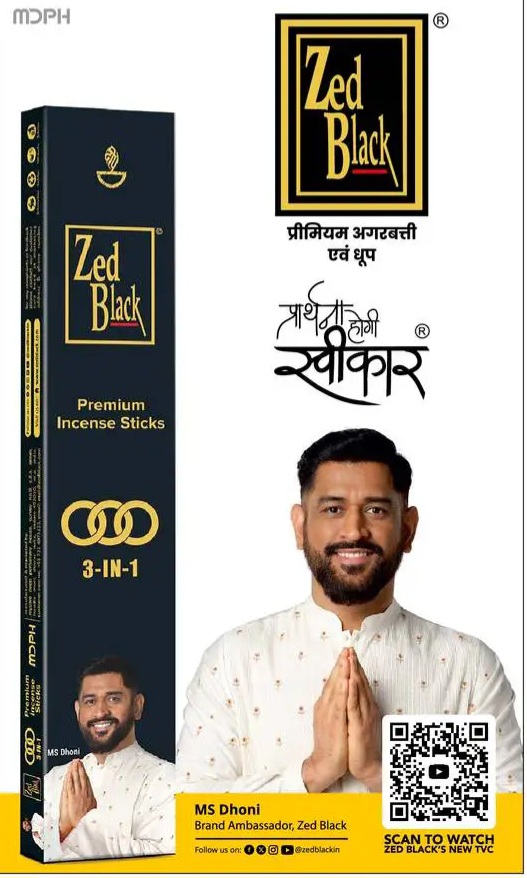
 +91-94068 22273
+91-94068 22273 
